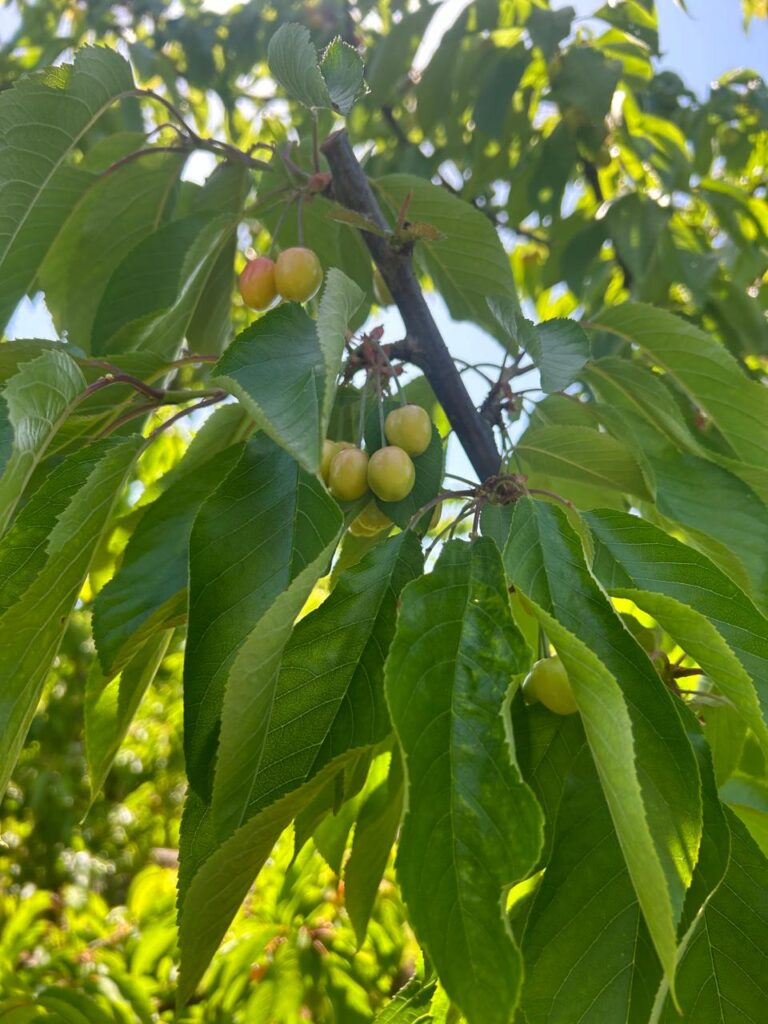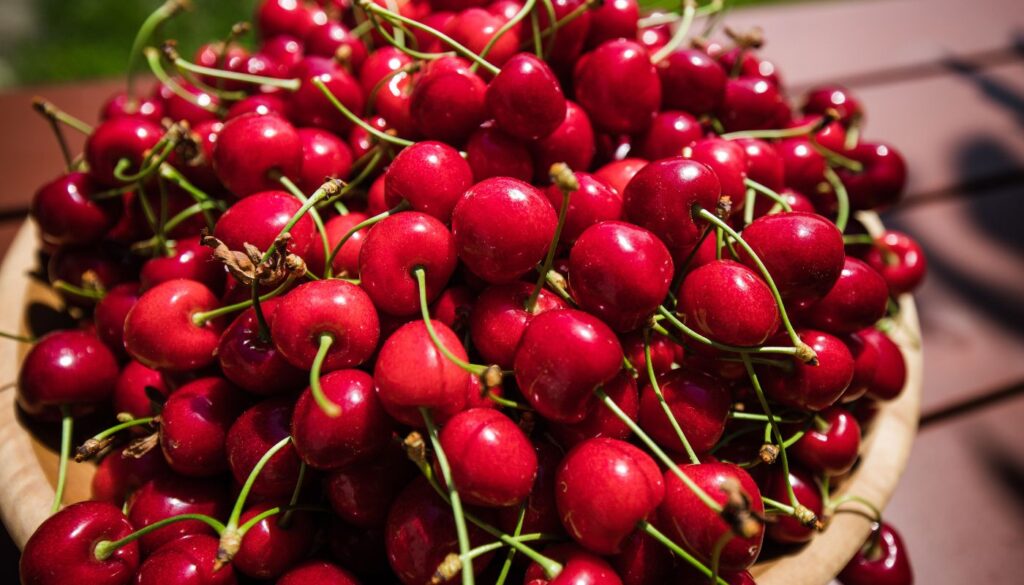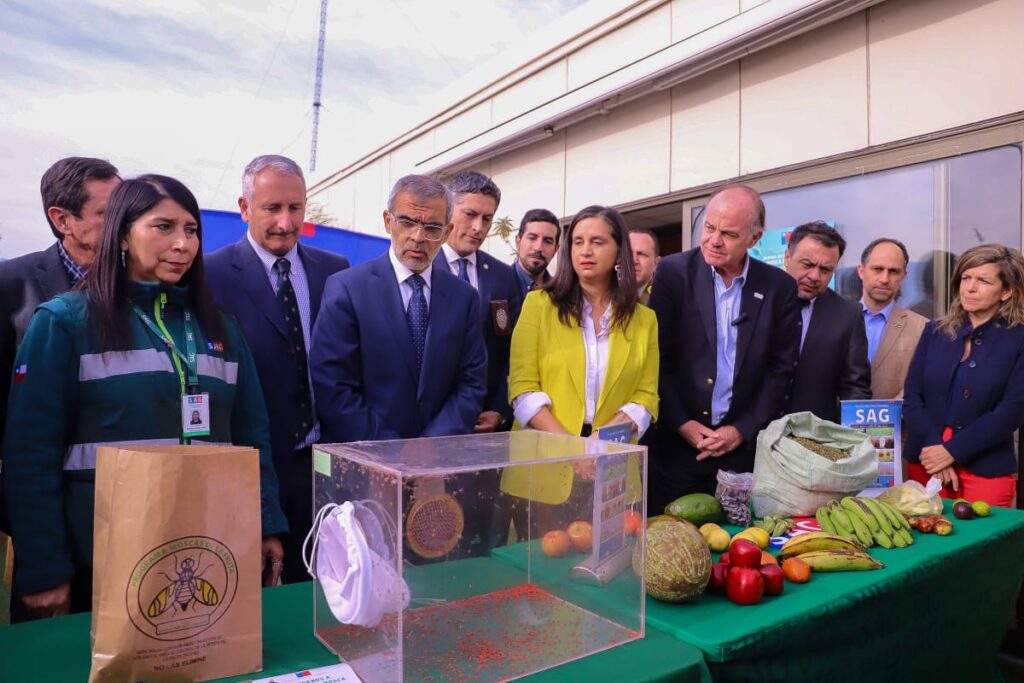These barely perceptible but monumental plant hormones are transforming modern agriculture by influencing plant growth and development from root to harvest.
In the world of agriculture, plants are at the centre of an age-old discovery: phytohormones. These plant hormones, produced by the plant itself, exert a surprising influence on various physiological processes at all stages of the plant life cycle, from roots to flowers and fruits.

Plants use a variety of these growth regulators to fine-tune their development, which varies according to the needs of the grower and the plant.
“Today, plant growth regulators are a fundamental part of modern agriculture. They are divided into several types, each with a crucial role in plant development. Auxins, for example, are essential for fruit growth and retention; cytokinins are linked to cell division; gibberellins influence seed and fruit maturation; ethylene drives fruit ripening; and abscisic acid contributes to ripening and pigmentation.” said Mauricio Adasme, an agronomist at the Pontifical Catholic University of Chile and head of the Las Garzas Agricultural Laboratory.
“These hormones, whether natural or synthetic, operate in minimal concentrations but have an extraordinary impact on crops. Their strategic application is key to enhancing the quality and quantity of agricultural products, making a palpable difference in contemporary agriculture,” he added.
Phytohormones, known for their ability to regulate vital processes in plants at minimal concentrations, have emerged as protagonists in regenerative agriculture. Their impact goes beyond conventional practices, offering a window to boost crops and give them greater vitality.

The discovery of these regulators dates back to ancient times, when everyday practices passed down through generations revealed methods that we now recognize as the use of substances of plant origin. An example is the use of vegetable oils to accelerate the ripening of fruit, while their role as a precursor of ethylene, the hormone that promotes ripening, was unknown.
These hormones can be natural or synthetic, generated in different tissues and acting selectively according to the plant's receptivity. Despite their tiny molecular size, they have a significant impact on crops, operating at minimal concentrations and sometimes being applied topically without affecting the plant's vascular system. Their use of natural origin is recommended to obtain a better response from plant tissues.
These plant growth regulators influence key plant processes, representing a valuable tool to enhance the quality, quantity and development of crops in today's agriculture.










